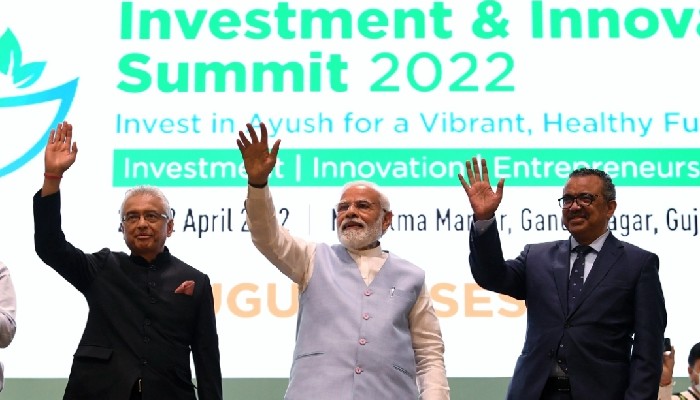Biodigester is a green and cost-effective technology which turns human waste (night soil) into biogas and compost
With an aim to conserve water and protect environment, Defence Research and Development Organisation, India’s premier research agency on Tuesday signed a Memorandum of Understanding with MAHA-METRO, a joint venture company of the Government of India and the Government of Maharashtra for installing eco-friendly biodigester MK-II technology (a non-sewerage sanitation technology) in its facilities.
As per a statement released by the Ministry of Defence, DRDO produced biodigester technology will enable the MAHA-METRO to treat human waste (night soil) in its facilities.
Biodigester is an indigenous, green and cost-effective technology, with a rare distinction of having one of the largest numbers of DRDO-licensees (ToT holders).
Indian Railways has already installed about 2.40 lakh biodigesters in its fleet of passenger coaches. Now for MAHA-METRO, the technology has been revamped and further improved in a bid to save the water and space.
A customized version of this MK-II biodigester, suitable for treating human waste generated from houseboats in Dal Lake was successfully demonstrated by the DRDO to J&K Administration.
Lakes and Waterways Development Authority (LWDA) of the J&K Administration has initiated the process to procure 100 units of MK-II biodigesters for civil habitats around the Dal Lake so as to minimize water pollution.
The implementation of biodigester MK-II in Srinagar is being monitored by a committee of experts constituted by the High Court of J&K under the Chairmanship of Dr E Sreedharan, former MD of DMRC. When fully implemented, this green technology will significantly reduce the Dal lake pollution.
This technology is upgraded through improvements in the bio-degradation efficiency, design modification and addition of secondary treatment modules. The new reactor is designed to provide more path length with increased biological reaction time, thereby enhancing the bio-degradation efficiency of the system.
This technology was primarily developed for the armed forces in high altitude Himalayan regions, including Leh-Ladakh and Siachen glacier.
 Contact Us
Contact Us  Subscribe Us
Subscribe Us









 Contact Us
Contact Us
 Subscribe
Subscribe
 News Letter
News Letter

